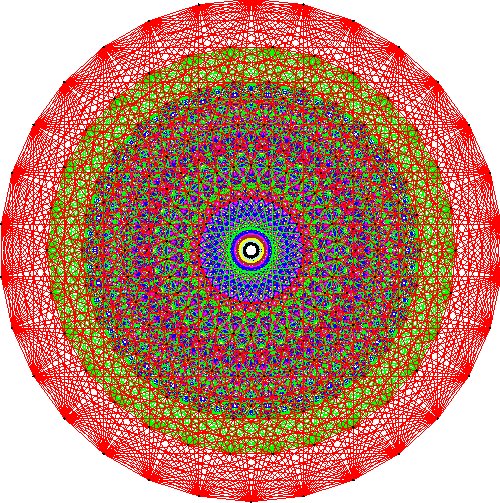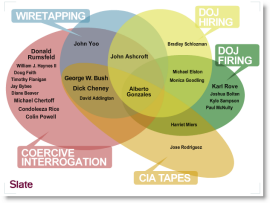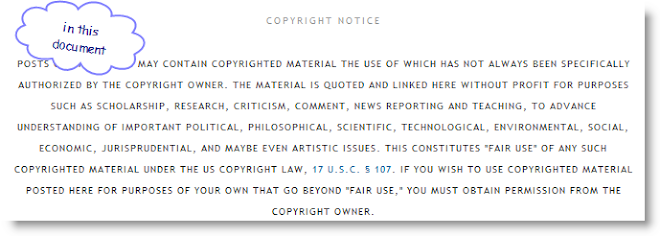. That is a classic, right up there with Stewart's
.
A friend was visiting my corner of the blogosphere for the first time shortly after that post appeared at the top of the geebus.Friend: I was intrigued by the crooked logic piece, but had trouble following so I went to the Jon Stewart link and watched his interview with Chris Matthews and laughed my head off. So I would say my first visit to your blog was successful.
After viewing the Stewart/Mathews clip, I agree that this was a successful first visit from my perspective too, given how highly I think of Jon Stewart's performance. So thanks for posting that, geebus.
. . .. ... ..... ........ ............. ..................... ............. ........ ..... ... .. . .
My reaction to the Stewart/Matthews interview:
i did not laugh my head off
i did not laugh at all
i just sat silent and calm
operating my photon reception system just like i do a camcorder at a soccer game
when taking soccer video, one key is to introduce as little additional motion into the frame as possible
there is plenty of motion in the frame as it is
i guess it is a little like archers releasing the arrow between heartbeats
the calmer you are the better
mind you, it's not that i don't think it's funny
karate man cheer his daughter's goals on the inside
so i'm watching jon stewart with my on-board video system
and he's gliding into the box and eluding defenders at will
he's cutting and dodging and having fun, dancing the samba
he reminds me a little of my friend's daughter, in this regard :)
he and his teammates are playing keep away, triangulating, sticking the ball into the net at will
teammates?
all the rolled-up collections of facts and emergent understanding that jon stewart has on his side
it's so clear to him, he has such a facility, it's as if ... as if ... as if he were pulling the sword from the stone like a hot knife from butter
but it's absolutely invisible to Matthews
who apparently (I haven't read his book myself, the one he was on Stewart's show to talk about) ...
Sent at 11:02 AM on Friday R:
has evinced a strong affinity to Thrasymachus, of Plato's Republic fame, the greek god of spin doctors:
Glaucon asks whether justice is good by nature or only by law or convention, and is thus the first participant in the dialogue who turns to nature as his standard. He is a daring man whose desire not to be hoodwinked by common opinions about the good gives him a certain intellectual force lacked by Thrasymachus (the ace Rhetorician).
Thrasymachus is perhaps too concerned with, and dependent on, what men usually hold to be good to look for a standard independent of civil society which might divorce him from it.
And he also is so convinced of the power of art, and of his art in particular, to accomplish whatever one wants that he does not feel compelled to look for the permanent limits and ends which cannot be altered by art.
Glaucon tells the story of Gyges, the shepherd, who discovered a magic ring that made the wearer invisible, and, making use of the ring, deposed his master and exploited his master’s flocks. Glaucon draws the conclusion that if a man could be invisible to human beings, there would be no reason for him to be just in his pursuit of the good.
By means of Thrasymachus’ rhetoric, men believe they can make their acts change appearance, which is tantamount to making them invisible.
Sent at 11:09 AM on Friday R:
the above is quoted or paraphrased from Professor Bloom's interpretive essay
inserting cite for future reference ... please stand by
Sent at 11:22 AM on Friday R:
The Republic of Plato (A. Bloom trans.), Basic Books, Second Edition (Paris 1991), pp. 340-41
[alibris / amazon]
actually, this is fairly verbatim, with only non-substantive edits so i'm glad i fetched up the cite
karate man traffic in ideas
ideas speak for themselves and can defend themselves and can persist across millenia waiting for the logic of human destiny to iterate itself out a better substrate
and avatars like jon stewart
and you
(dear reader)
but, jon stewart, geez, what an epic freakin hero
every generation throws a hero up the pop charts
but this is a different kind of hero, and a different kind of pop chart
pop chart: chart: map: phase space
y'know, i don't want to be fooled by randomness (or just plain foolishness) ...
but couldn't a fella be excused for thinking that there is a new kind of information processing substrate under the sun that is proving to be remarkably conducive to the success of the rigorously truthful strategy?
jon stewart is threading passes around and through thrasymachus doofus-boy matthews' pathetic swiss-cheese defense. it's as if matthews were standing on the field like a petulant playground bully screaming at the ref some ridiculous arguments about why he should be considered to be winning the game, when for all the world to see Stewart's side is playing the beautiful game, joga bonito, fast and fair; and Matthews is just a crybaby defender throwing a fit when shown the red card.
Matthews gets frustrated just like a defender who has gotten burned all game starts playing rougher, throwing elbows, tackling from behind, charging off the ball ...
the frustrated defender's actions depart from the rules of the game (and are increasingly at odds with broader values of youth sports communities, etc.) just like matthews departs from the merits and, flustered and ready to brawl, attempts to spin his way out of his pit, practicing Thrasymachus' ancient art in a pathetic (and self-defeating) attempt to salvage the thesis of his book (which, ironically, is apparently to the effect that Thrasymachus had it right).
at that moment, he is as stuck a pig as i have ever seen on a nationally televised program(not that I watch many nationally televised programs, so my sample is small)Self-defeat of this sort is a special kind of self-exemplification, and it makes for good television.
and here's the thing:
he would not be as stuck a pig if he were yet more of a pig
for example, if it were tom delay up there, or larry craig ... they would be saying stuff with no connection to reason at all
matthews is db, don't get me wrong, but he is far more rational than the most gonzo larry craig types
Thrasymachus' strategy, after all, has persisted and thrived
and this makes him all the more a stuck stuck pig
karate man agree with jon stewart that there are "permanent limits and ends which cannot be altered by art," to borrow Professor Bloom's words once again; and further, that they are ascertainable and can't be infinitely spun.
. . .. ... ..... ........ oOo ........ ..... ... .. . .
& Mark Leibowich, NYT Magazine 4.11.2008








